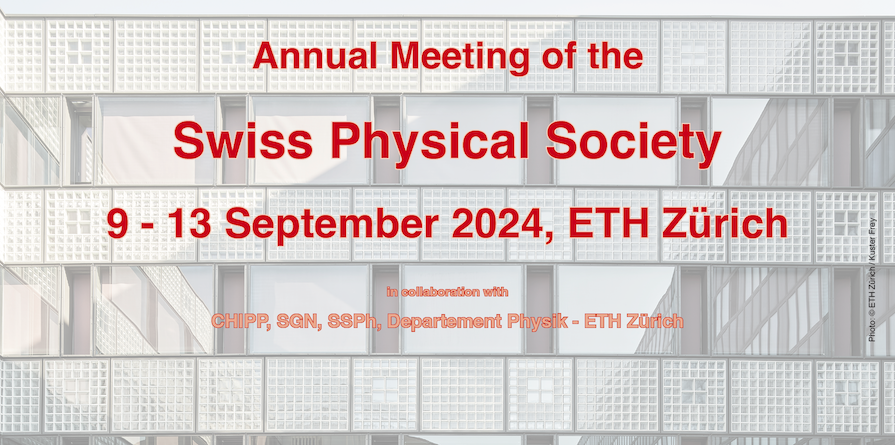Speaker
Description
The Swiss Light Source at PSI is undergoing an upgrade to a so-called diffraction-limited storage ring (DLSR), promising a reduction in beam emittance (the product of the electron-beam divergence and cross-section) from 5500 pm.rad to 157 pm.rad. The brilliance of ‘SLS 2.0’ will increase at some beamlines by well over 1000, thanks also to novel undulator and optics technologies.
This heralds a sea change in macromolecular crystallography (MX), complemented by the burgeoning technique of cryogenic electron microscopy (cryoEM). Nonetheless, membrane proteins and G-protein coupled receptors (GPCRs) have remained relatively unexplored, despite their high impact in the pharmaceutical industry - approximately two thirds of all medications operate through GPCRs. The main obstacles are the difficulty in preparing them as crystals much larger than a micron; and their relatively small molecular weight, resulting in low contrast images in cryoEM.
DLSR beams allow one to investigate micron-sized crystals. Furthermore, their high intensity and nanosecond time structure enables sub-microsecond dynamical studies, complementing information on the nanosecond to femtosecond timescale offered by x-ray free-electron lasers, such as the SwissFEL at PSI.
Thus, modern MX, combined with cryoEM and revolutionary predictive AI systems, opens new vistas in macromolecular biology and biomolecular dynamics. This talk covers basics of DLSR technology and details the impact these machines will have on macromolecular biology and drug discovery in the pharmaceutical industry.
